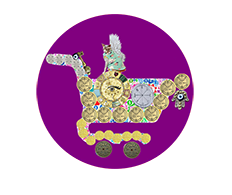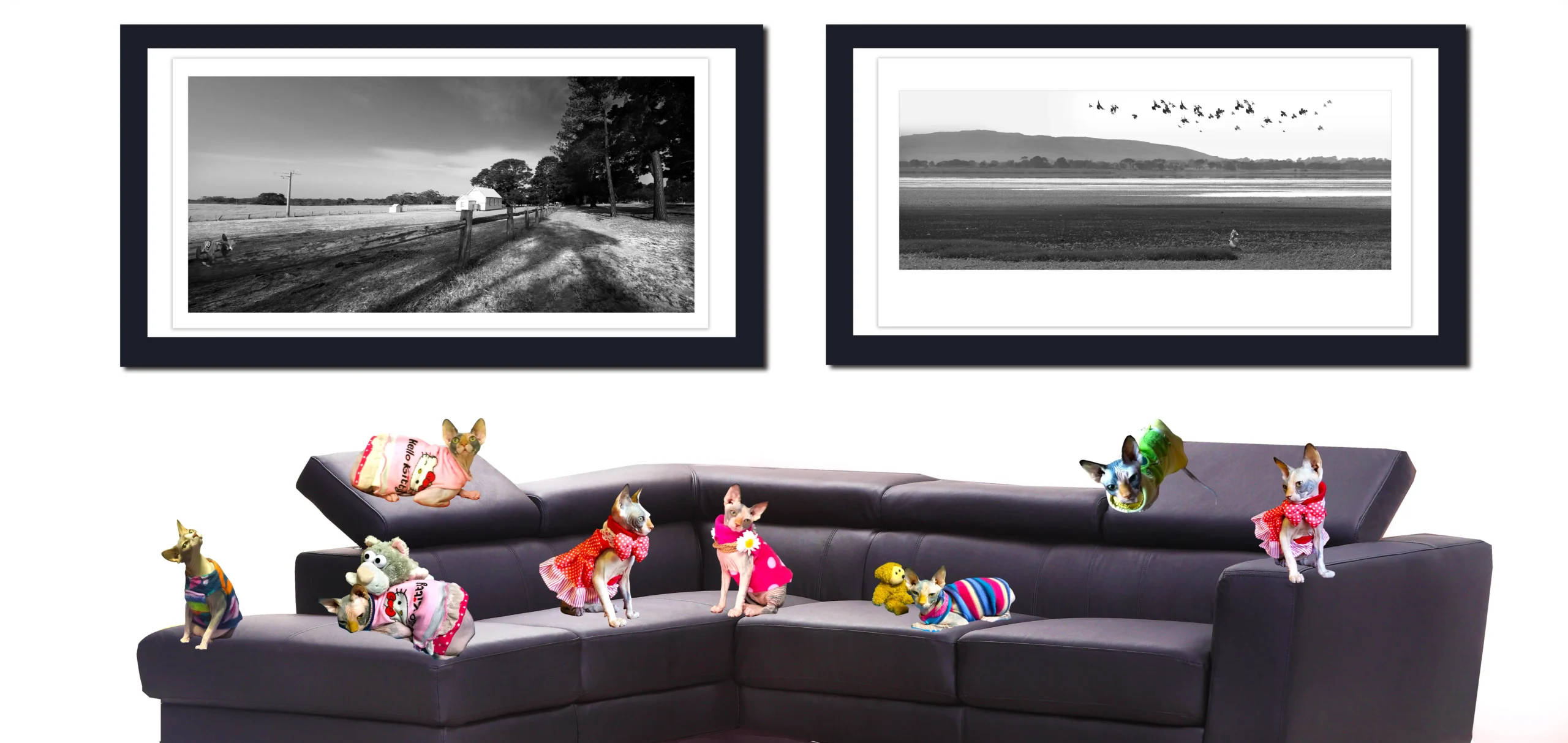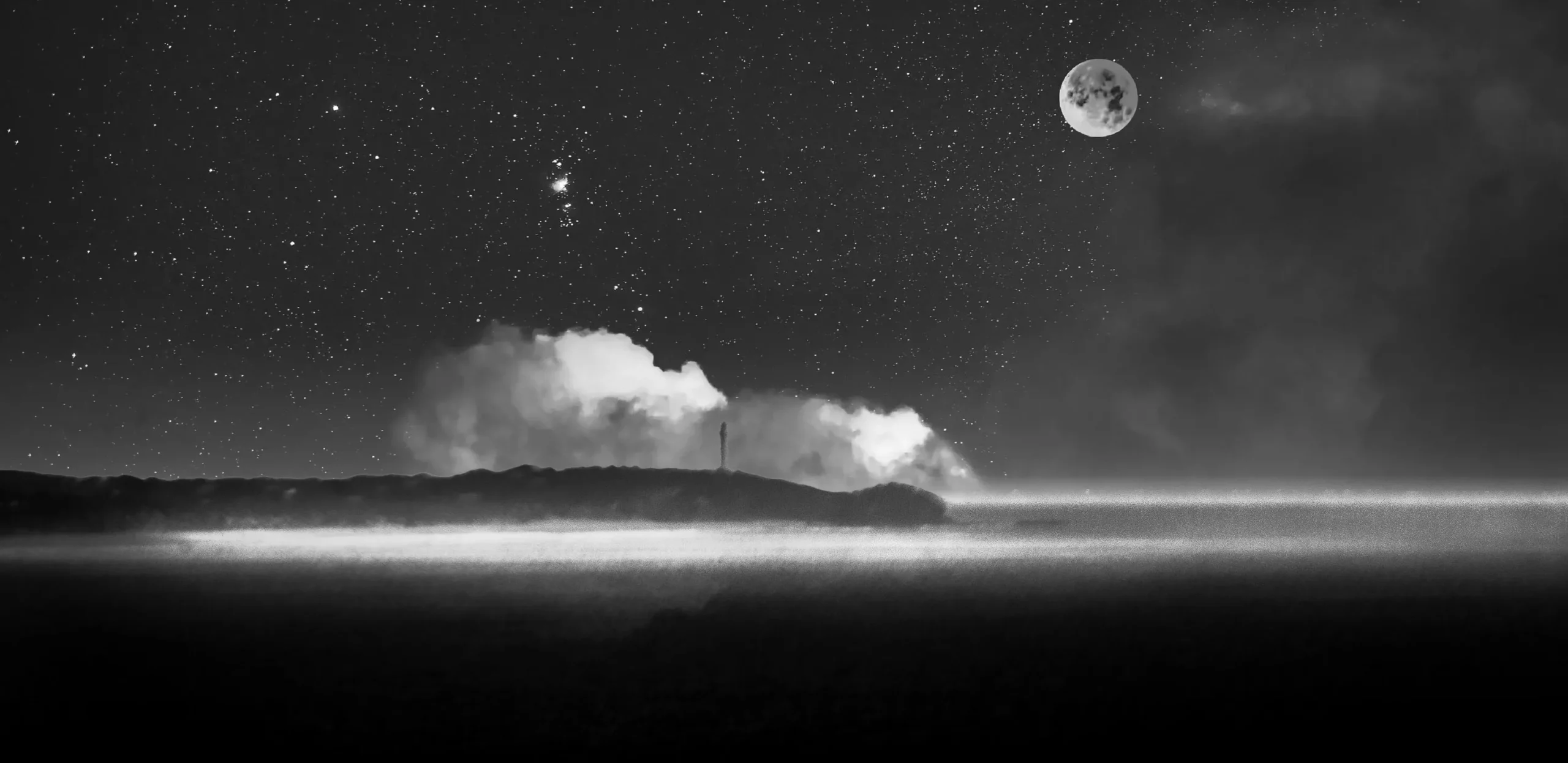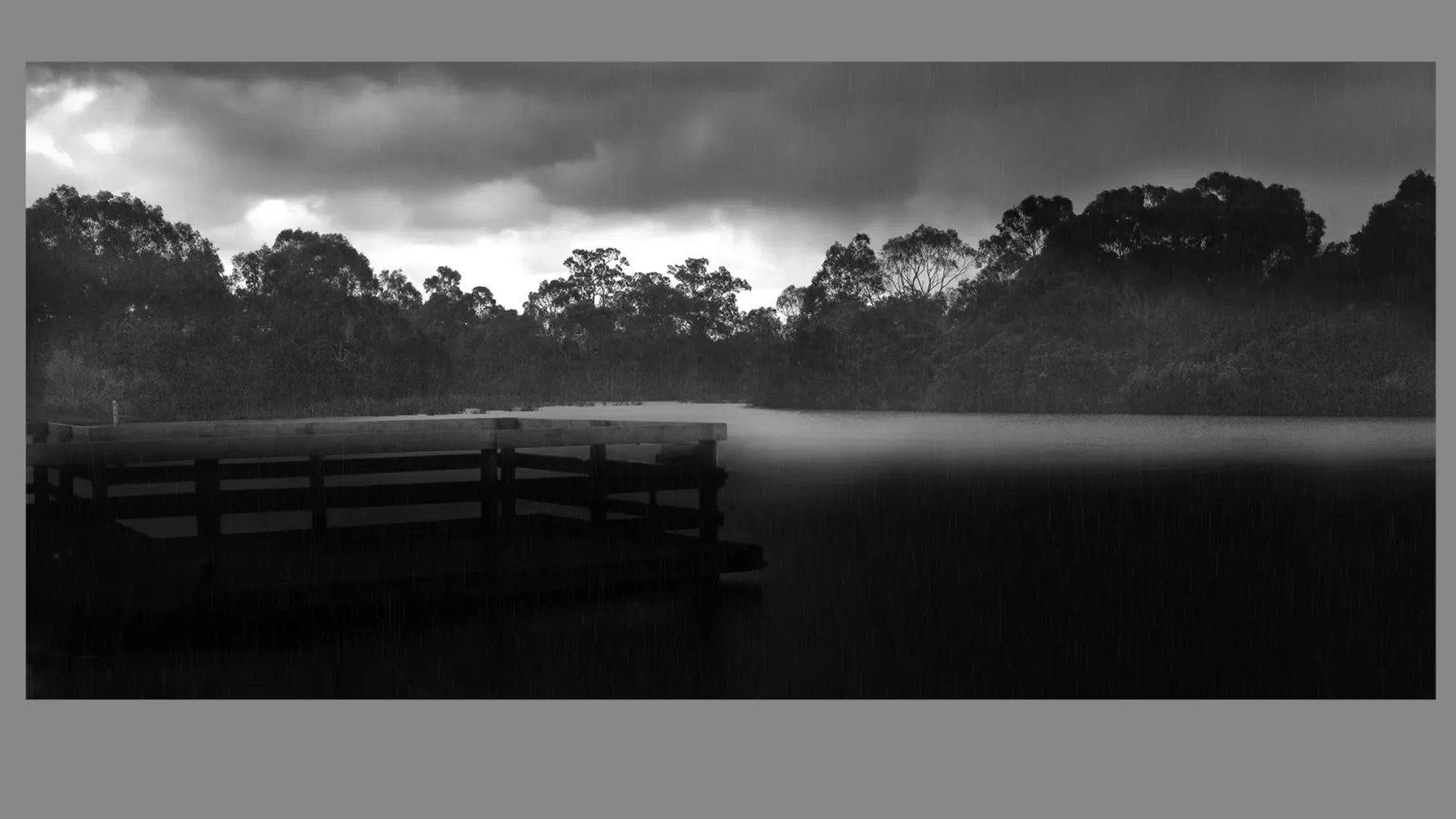Salar De Uyuni Salt Flats, Bolivia’s Desert, Salt Flat Bolivia South America, Bolivia Salt Flats Uyuni, Uyuni Salt Flats The Deserts Of Bolivia, Uyuni Bolivia Salt Flat Tours,
Bolivian Salt Flats Tour South America
Life Reflected in Water, Reflection of Life in Water, Reflection of Life in Water, Discover Wonder through Water.
Life Reflected in Water, Reflection of Life in Water, Reflection of Life in Water, Discover Wonder through Water.
The Salar De Uyuni Salt Flats – Bolivia’s Desert
Welcome to Travel, Lifestyle, Art & Photography of Dr Zenaidy Castro Blog. The globetrotting Cosmetic Dentist based in Melbourne Australia. See the world from my photographic perspective. I identify myself as a passionate explorer and adventurer at heart, with strong interest in remote places, unique cultures and different lifestyle.
I hope you enjoy exploring my travel blog and inspired by what you see. Through my photos, I hope to encourage others to get out and explore. To not be scared and to be open to new experiences and civilisations. Because, at the end of the day, travel is about finding experiences that change our minds and widen our perspectives in order to create a more inclusive world. Please feel free to browse thru my blog.
Most of the photographs posted on this blog were taken with my mobile phone. I invite you to browse through my SHOP page to see the real fine art photography that I have created while travelling.
______________________________________________________________________________________________
The Salar de Uyuni Salt Flats: Bolivia’s Extraordinary Desert
Introduction: The Enigmatic White Desert
The Salar de Uyuni is a place unlike any other on Earth — a vast, blindingly white salt desert stretching over 10,000 square kilometers in Bolivia’s southwest highlands. Often described as the largest salt flat in the world, this otherworldly landscape leaves travelers spellbound with its seemingly infinite horizon, mirror-like reflections, and surreal moments that appear to have sprung from the imagination of a science fiction artist.
For many travelers, visiting Salar de Uyuni is a bucket-list experience, a journey to a remote and magical part of the world where geography, geology, culture, and photography collide. This guide delves deep into the essence of the Salar—from the history of the salt flats, how travelers can explore them, the best seasons, and practical tips, to invaluable advice for capturing unforgettable photographic masterpieces.
Understanding Salar de Uyuni: Geography and Geology
Located at an elevation of approximately 3,656 meters (11,995 feet) above sea level, the salar occupies a depression in the Andes mountain range, near Bolivia’s border with Chile. This enormous salt flat is the remnants of a prehistoric lake, Lake Minchin, that evaporated thousands of years ago leaving a thick crust of salt in its place.
Today, the salt crust is estimated to be about 10 meters (33 feet) thick in places, with an underlying brine rich in lithium and other minerals. This makes the Salar not only a stunning natural wonder but also a geopolitically significant location, as Bolivia possesses one of the largest lithium reserves on the planet.
The terrain consists mainly of hexagonal salt crusts that create mesmerizing patterns perfect for the curious eye and camera lens. During the rainy season, a shallow layer of water transforms these polygons into a giant mirror, reflecting the sky and creating illusions of walking on clouds or floating in endless space.
Travelers’ Perspectives: Experiencing the Salar de Uyuni
First Impressions: Arrival in the Atacama Altiplano
Most travelers begin their journey to the salar from the nearby towns of Uyuni or the village of Colchani, which serves as the gateway to the salt flats. Arriving can feel like entering a plane of existence altogether different from the hustle of urban life. The air is thin and crisp at altitude, the sky a fully saturated blue, and the white salt plain extends endlessly in every direction.
Experienced travelers often describe a sense of peaceful isolation mixed with awe. The silence is profound, broken only by the crunch of salt beneath vehicle tires or footsteps. Many first-time visitors recall their astonishment at the intense brightness reflecting off the salt and the stark landscape’s elemental purity. It feels both calming and surreal.
Adventures Across the Flats: Exploring the White Desert
Travelers typically explore the salar on multi-day tours in 4×4 vehicles, often in groups led by knowledgeable local guides. The popular tours vary from 1-day excursions to 3 or 4-day adventures combining visits to nearby attractions such as:
- Incahuasi Island: A rocky outcrop covered with giant cacti rising abruptly from the salt plain, offering panoramic views and an awe-inspiring sight.
- The Train Cemetery: An evocative site with rusting locomotives abandoned in the desert, relics of Uyuni’s past as a mining hub.
- Colored Lagoons and Flamingo Colonies: Stunning high-altitude lagoons colored by mineral deposits, hosting flocks of rare Andean flamingos.
- Hot Springs and Geysers: Natural geothermal wonders providing dramatic landscapes and relaxing pools.
- The Eduardo Avaroa Andean Fauna National Reserve: A diverse ecosystem featuring volcanoes, deserts, lakes, and wildlife.
Travelers recount that days are spent bouncing over salt crust, witnessing sunsets that seem unreal, and nights filled with brilliant starry skies where the Milky Way spills across the horizon.
When is the Best Time to Visit Salar de Uyuni?
Dry Season (May to November)
The dry season is when the salt surface hardens, making it easier to explore vast stretches of the salar without water covering the crust. The landscape takes on its classic form of cracked, haystack-shaped salt polygons under a clear blue sky.
Pros:
- Easier driving conditions on the salt crust.
- Crisp, clear days with sharp contrast perfect for landscape photography.
- Less mud and fewer restrictions on routes.
Cons:
- The lack of water means no mirror reflections.
- Cold nights and mornings with temperatures plunging well below freezing.
Wet Season (December to April)
During the wet season, rainwater accumulates to form a thin reflective layer over the salt flats. This seasonal “mirror effect” is what has made the Salar famous worldwide on social media and photography sites. Photographers flock here to capture the perfect sky reflections and optical illusions of people “floating” or “walking on water.”
Pros:
- Jaw-dropping mirror reflections that transform the landscape.
- Unique photo ops and surreal vistas.
Cons:
- Difficult driving conditions, sometimes impassable roads with mud and water.
- Some areas of the salar may be closed or restricted.
- Higher humidity and occasional heavy rainfall.
Planning Your Trip: Travel Tips for the Salar de Uyuni
Health and Preparation
- Altitude Awareness: The salar sits nearly 4,000 meters above sea level. Travelers often report mild to moderate symptoms of altitude sickness, including headaches, nausea, and fatigue.
- Acclimatization: Spending a day or two in Uyuni or Potosí (a nearby city at high elevation) prior to the trip helps.
- Hydration and Nutrition: Drink plenty of water and eat lightly before and during your trip.
- Warm Clothing: Temperatures during the day can vary, but nights are notably cold, sometimes dropping below freezing.
- Sun Protection: The brilliant white salt reflects UV rays intensely. Sunscreen, sunglasses, and hats are essential.
Choosing the Right Tour
- Group vs. Private: Group tours are cheaper and social but less flexible. Private tours offer more customization.
- Duration: 1-day tours provide a brief Salar experience, but 3 or 4-day tours incorporate broader Altiplano highlights.
- Vehicle Condition: Given rough terrain, choose operators with reliable 4×4 vehicles.
- Guides: Drivers who speak good English and are knowledgeable about geology, culture, and safety are preferable.
Other Practicalities
- Cash: Bring sufficient Bolivianos as card facilities are limited.
- Accommodation: Uyuni provides basic hotels; accommodations inside the salar are salt hotels that offer a unique experience but can be pricey.
- Packing Essentials: Camera gear, extra batteries, memory cards, snacks, water, warm layers, and waterproof clothing for wet season.
Photography in the Salar de Uyuni: Capturing the Magic
Equipment Recommendations
- Camera Types: DSLRs and mirrorless cameras provide excellent quality, but many travelers successfully use smartphones.
- Lenses: Wide-angle lenses are useful to capture the vastness; macro lenses help highlight salt crystal textures.
- Tripods: Essential for dawn, dusk, and night photography.
- Filters: Using polarizing filters helps manage glare from the salt.
Key Photographic Challenges
- White Balance and Exposure: The bright white salt can confuse cameras’ metering systems. Manual exposure adjustments are often necessary to avoid overexposure.
- Lens Cleaning: Salt and dust easily adhere to lenses; keep cleaning cloths handy.
- Reflections: Maximize use of the wet-season mirror effect by seeking open flat pools for symmetrical compositions.
Iconic Shots to Aim For
- Perspective Play: Using the endless white backdrop, photographers create striking forced perspective shots — like holding the sun in their hand or “pinching” a distant person or vehicle.
- Sunrise and Sunset: Golden hour transforms the salt flats with low sunlight, casting long shadows and warm hues.
- Night Sky: Due to minimal light pollution, astrophotography is breathtaking; capture the Milky Way arching over the white desert.
- Cactus Island: The giant cacti covered outcrop provides a stunning island of color and texture.
- Salt Hotels: Unique structures entirely built of salt blocks offer quirky and photogenic opportunities.
Tips from Photographers
- Arrive early at prime locations to avoid crowds.
- Experiment with angles and foreground interest.
- Be patient for weather to clear or clouds to provide drama.
- Protect equipment against the corrosive salt environment.
Cultural and Environmental Considerations
The Local Communities
The Uyuni salt flats are home to indigenous Aymara and Quechua communities who sustainably harvest salt and supply salt bricks. Tours often visit small villages like Colchani, where travelers can observe traditional salt extraction methods and purchase handcrafted souvenirs.
Support local crafts and respect customs by purchasing directly from artisans and maintaining ethical photography practices, especially in small towns and markets.
Environmental Impact and Responsibility
The salar is a delicate ecosystem. Travelers are urged to:
- Avoid littering or leaving waste.
- Keep on designated tracks to protect fragile salt crusts.
- Minimize water use and disturbance to connected wetlands.
These efforts help preserve the salar’s beauty for future visitors and maintain the habitat of local wildlife including flamingos.
Extended Experiences and Beyond the Salt Flats
Many travelers choose to combine their salary adventure with broader explorations of Bolivia’s spectacular Altiplano region:
- Laguna Colorada and Other Colored Lakes: Spectacular mineral-rich lakes with flamingos.
- Eduardo Avaroa National Park: Volcanoes, geysers, and unique wildlife.
- La Paz and Potosí: Historic towns with rich culture and colonial architecture.
- Death Road Cycling: For thrill-seekers, mountain biking down one of the world’s most dangerous roads.
Personal Reflections From Travelers
Seasoned visitors often speak of the Salar not just as a place but as a transformative experience. The silence and expansiveness evoke a deep connection with nature and self. Many describe humbling moments staring out at the horizon where sky and earth blur into infinity.
For photography enthusiasts, the salar offers an ever-changing canvas—no two images are alike, whether capturing mirror reflections or endless white deserts below brilliant stars.
Others emphasize the people, the stories, and the off-road adventures that bring the journey to life. Whether traveling with friends or joining new companions on a shared jeep, the trip fosters connections grounded in shared wonder and mutual respect.
The Salar de Uyuni is one of the world’s most unique and striking natural wonders—a vast salt desert that spans beyond imagination and invites travelers to witness the extraordinary. Its surreal landscapes and elemental beauty challenge visitors to see the world differently, offering adventures full of discovery, reflection, and creativity.
Travelers armed with preparation, respect, and curiosity find the Salar an unforgettable experience—a place where earth and sky become one, and every moment feels like a dream.

Exploring this amazing empty white landscape is an incredible experience and a must-do while you are travelling in South America. It is the largest salt flat in the world and it can even be seen from space. It was formed after a prehistoric saltwater lake evaporated, leaving a salt crust several meters thick.

From La paz, I head off to Uyuni to start my 3 days Bolivian outback tour. After an overnight stay at Salt hotel, early on the day, me and my private tour started our 4WD journey to one of the most surreal and otherworldly landscapes I have ever walked through – an endless expanse of blinding white nothingness- that is Salar de Uyuni.

Colchani
Colchani is the first stop on Salar de Uyuni Tours. It is atiny, one street town situated on the edge of the Tunupa Salt Flat, 80 km (50 miles) northwest of Uyuni, Bolivia. There was not much here except for a few houses and dirt roads filled with land cruisers embarking on tours.




There is a small salt factory on the plain. There you will get an explanation on how the substance under your feet, eventually ends up in your kitchen. The factory fits in perfectly with the area: somewhat strange. In the village of Colchani you can see how the locals produce kitchen salt from what simply lies on the ground here. They also make extraordinary souvenirs of salt, which you can purchase.




[sp_easyaccordion id=”56016″]
Factory salt worker individually sealing each table salt pack with fire.
They scrape salt off the salar into pyramid-shaped piles and leave it to dry in the sun. Once dry (after 4 days or so) the salt is shoveled into trucks and carted to Colchani to be processed. It is cooked in ovens to dry further, then iodine is added and the mixture milled before being sealed into 1 kilogram sacks. The final product – table salt

The only salt-making facilities using salt from the Salar de Uyuni are located in Colchani – a cooperative joint-owned by all salt workers. There is an estimated 10 billion tonnes of salt contained in the Salar de Uyuni, with around 25,000 tonnes excavated and processed at Colchani annually.


After driving to a dirt road like this picture below, most of the road in Bolivian outback have no street sign or exact physical road. So the driver drove straight through the wide desert.
After an hour or two on this place, we headed off to my destination for the day – that is to the Uyuni Salt Flats. Salar de Uyuni is not only the world’s largest salt flat – it’s also the largest mirror on the planet!

The sky is huge in Bolivia. There’s something about the vast amount of blue up there that makes me feel different; like I’m at once an intrinsic part of something, and yet I’m also utterly tiny and insignificant. It’s both dangerous and strangely thrilling to think of yourself as nothing more than a speck.

With its never-ending sparkling horizon, the mesmerising are one of South America’s most astonishing sites. Remote, breathtaking and unique, Salar Uyuni – as Bolivia’s salt plains are known – are the world’s most extensive salt flats and by far one of the most revered South American destinations of all.
The magnificent expanse of salt that makes you lose all sense of perspective, where the enormity of the scene highlights the fragility of everything else, where harsh is beautiful, time is obscured and reality seems more like a dream.
Most Salt Flats tours are safe and reliable; however, the conditions are basic in this area and you should be aware of this. The Salar de Uyuni is one of the harshest environments for vehicles on the planet and occasional vehicle issues can happen, this to a certain extent is unavoidable. The drivers are used to breakdowns and are pretty adept at fixing their vehicles. They are always willing to help each other out and you are usually not stuck for long – so a bit of patience is often all you need. Food will be basic. If you don’t mind a bit of rough travel then these tours are well worth it. You are guaranteed to see some of the most unique landscapes on the planet

A walk across the miles of white salt looks more like a trek across the moon than a trip through South America.
During the rainy season, most of the enormous salt flat is covered by shallow water, as rain has nowhere to drain to.
These few inches of water have a dazzling effect on the landscape, transforming the plane into one endless mirror, reflecting sun, sky, clouds, visitors and the indigenous pink flamingos that heavily populate the area.
Salar de Uyuni is a beautiful natural mirror, but also an important source from salt and lithium, a vital component in electric batteries.

Standing on the salt flat is a surreal experience. You expect it to be cold but smooth like ice. With the sun burning overhead it doesn’t feel cold at all, and the salt, far from being smooth, is really rough on the hands.
How to take good photos in Salar de Uyuni?
The unique setting of endless salt flat at Salar de Uyuni make all kinds of crazy perspective photography possible. Here we have our top tips for great Salt Flats photos to add to your collection.
-Bring as much small and interesting items as possible: toy animals and action figures, toy vehicles and regular props such as sunglasses, hiking boots, and water bottles can all be turned into something funny and useful.
-To set up for the shot the photographer needs to lie on their stomach and rest the camera on the ground to make positioning much easier; holding the camera in your hand makes it next to impossible
-Advice from an old photographer: “Shoot, shoot, shoot!!” Take lots and lots of shots since it’s not so easy to see your camera screen in the glare and you might never be back here again.
-Making everyone jump in the air is a last resort shot that can always come out well!!!
Will I get problems with altitude sickness at the Salar de Uyuni?
Altitude sickness can catch many travellers a little bit off guard. Not everyone gets sick at high altitudes and it is difficult to predict who is likely to be badly affected by it. For most people it is nothing more than a headache and some dizzy sensations that diminish over a short period of time, 1 to 2 days for most people.
If you want to limit your chances of getting sick though, there are a few things you can do.
Drink lots of water and slow down!! This sounds simple but both of these things are very important. Your body is struggling because you don’t have enough oxygen so avoiding any extraneous activity is a good idea. Chew Some Coca Leaves. The native people of South America have been chewing coca for centuries thanks to its ability to alleviate mild altitude sickness symptoms. Coca leaves can be bought in any supermarket and even souvenir shops or street stalls.
Take Altitude Sickness pills, these are sold over the counter all over Peru and Bolivia and are just a few dollars. If you are flying straight into altitude over 2500meter, without spending any time at a intermediate elevation and you’re worried about getting sick, you can ask your doctor for more specific and stronger altitude sickness medication in advance.
What time of year to go?
It is possible to visit the salt flats all year long. However, if you visit during the warmer and wetter months between November and March, you will find the flats flooded with a layer of rain.
This is what creates the appearance that you are walking on an enormous mirror, which can look amazing in photos.
Visiting between April and October means that the salt flats will be dry and the skies will be blue, which is perfect for those goofy perspective photos.
The vast, open, desolate landscapes that make up the southwest of Bolivia illustrate this feeling like no other place I’ve been. It’s vast, stunning, and barren, and a stark, yet colourful, reminder of how small we humans are in the face of nature.
Life should not be a journey to the grave with the intention of arriving safely in a pretty and well preserved body, but rather to skid in broadside in a cloud of smoke, thoroughly used up, totally worn out, and loudly proclaiming “Wow! What a Ride!”
– Hunter S. Thompson
Whether you’re seeking modern elegance Abstract art or timeless charm of black and white photography, Dr Zenaidy Castro’s diverse range of art and photographic prints and artpieces ensures you find the perfect match for your unique vision. Explore our abstract art and photographic collection and see how our artworks and photographs can transform your establishment into a visual masterpiece.
[sp_easyaccordion id=”54074″]
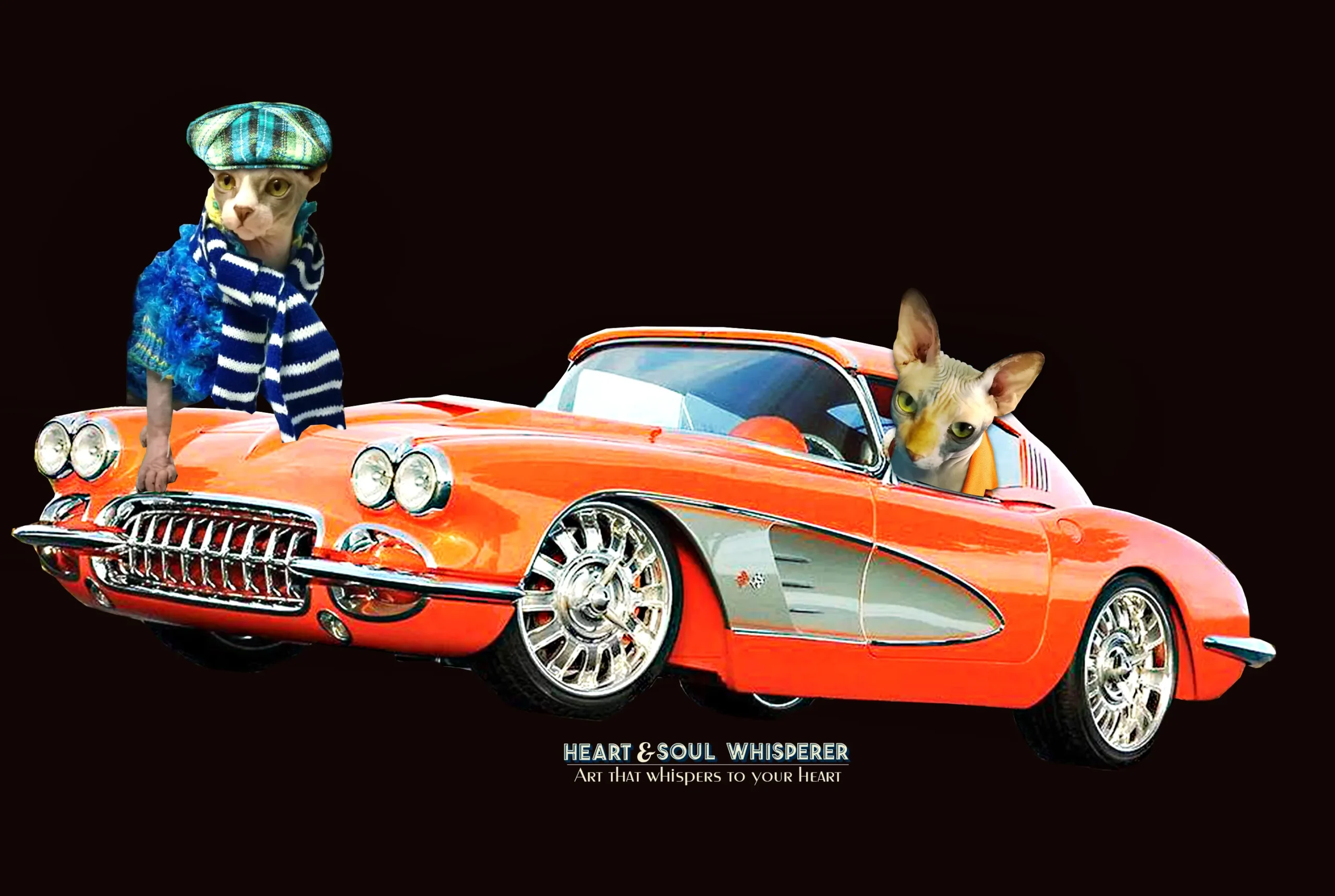
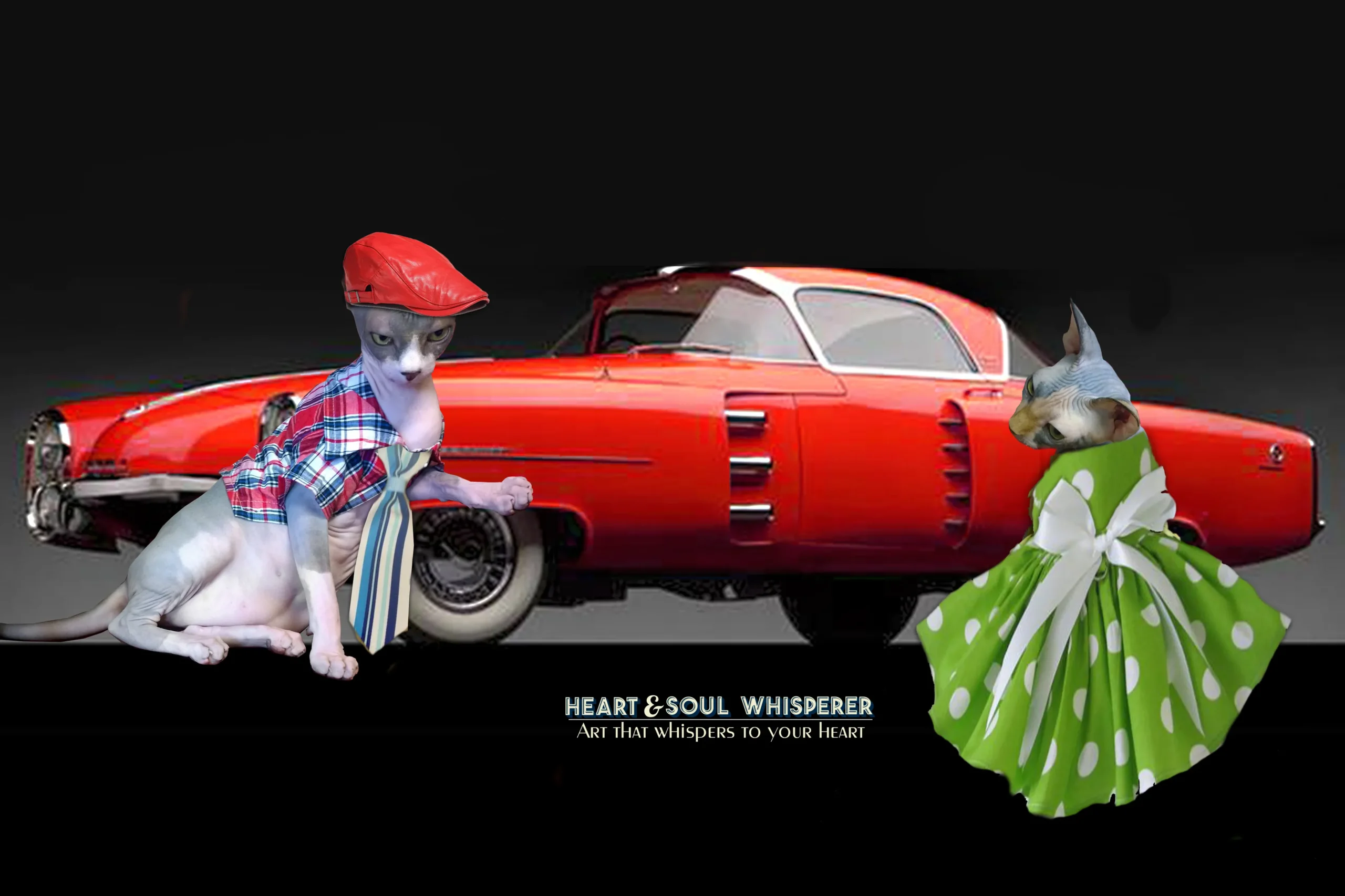
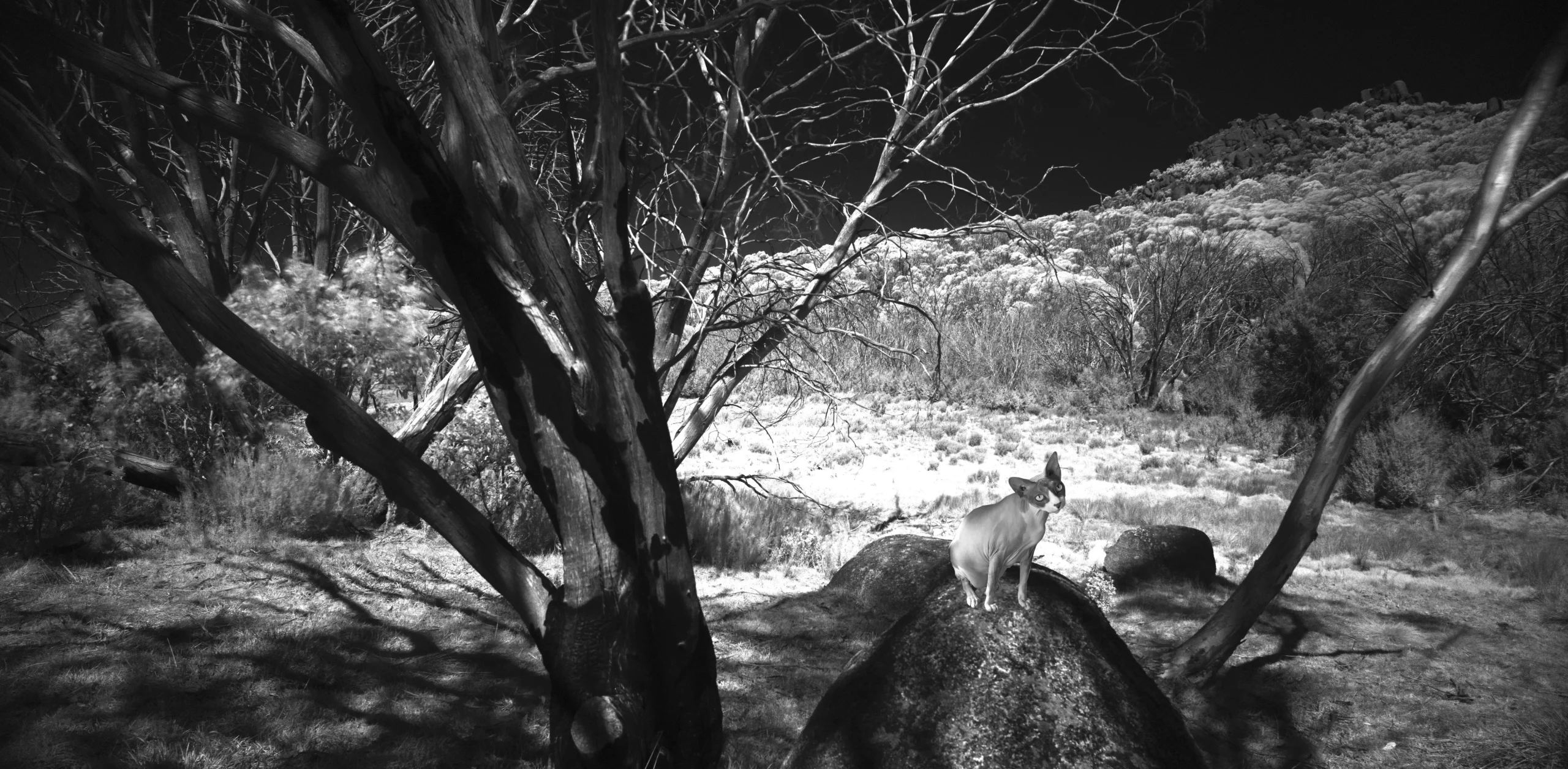
═══════════════════════════════════════════════════
At Heart & Soul Whisperer Art Gallery, every coloured and black and white photograph tells a story beyond sight—an emotional journey captured in light, shadow, and soul. Founded by visionary artist Dr Zenaidy Castro, our curated collections—spanning landscapes, waterscapes, abstract art, and more—offer a timeless elegance that transcends fleeting trends. Whether enriching private residences, corporate offices, healthcare facilities, hospitals, or hospitality spaces, our artworks are designed to transform environments into sanctuaries of memory, beauty, and enduring inspiration. Let your walls whisper stories that linger—reflections of art, spirit, and the love that connects us all.
[sp_easyaccordion id=”54056″]
═══════════════════════════════════════════════════
Tag: Travel destination, Travel stories, Travel Blog, Cultural travel, Travel Guide, Adventure Travel, Nature Travel, Street Photography, Wanderlust, Travel Photography, Adventure, World Traveler, Globetrotter, Travel Life, Explore The World


